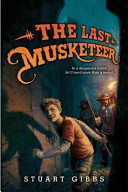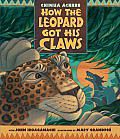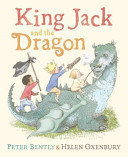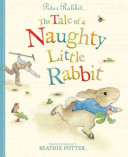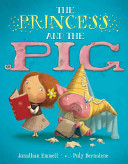
There’s been a terrible mix-up in the royal nursery. Priscilla the princess has accidentally switched places with Pigmella, the farmer’s new piglet. The kindly farmer and his wife believe it’s the work of a good witch, while the ill-tempered king and queen blame the bad witch-after all, this happens in fairy tales all the time! While Priscilla grows up on the farm, poor yet very happy, things don’t turn out quite so well for Pigmella. Kissing a frog has done wonders before, but will it work for a pig?

